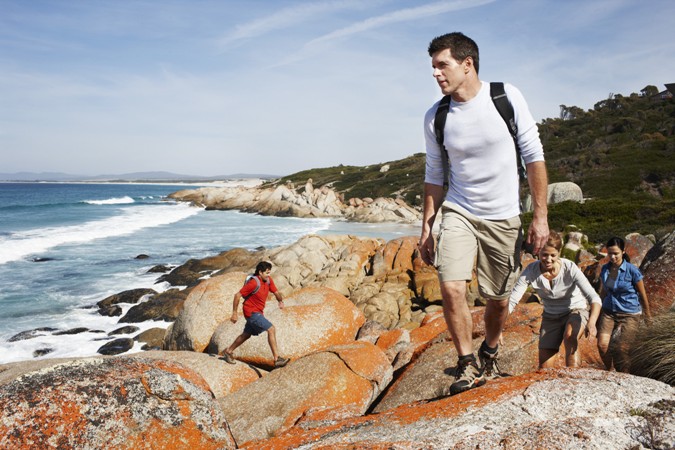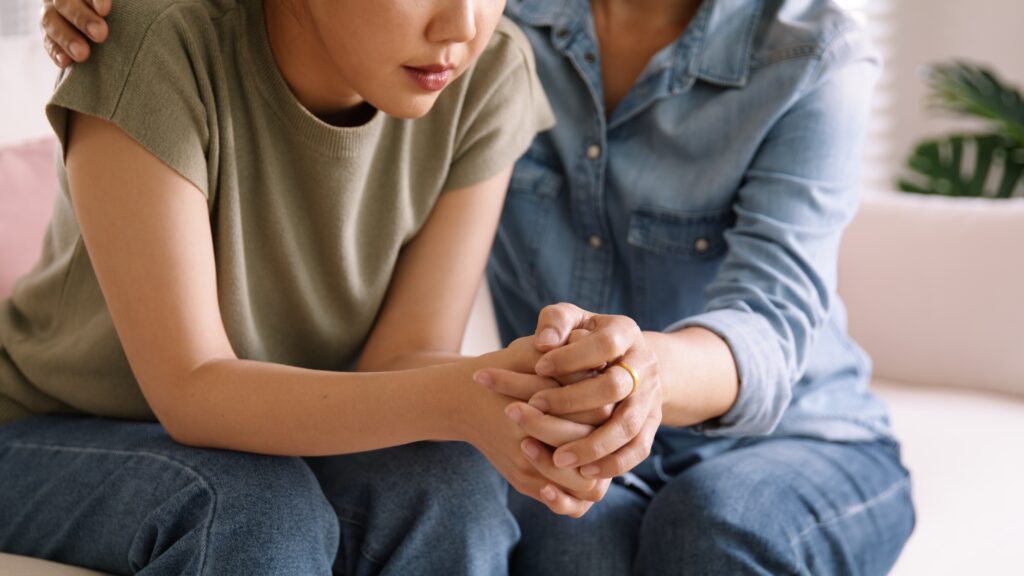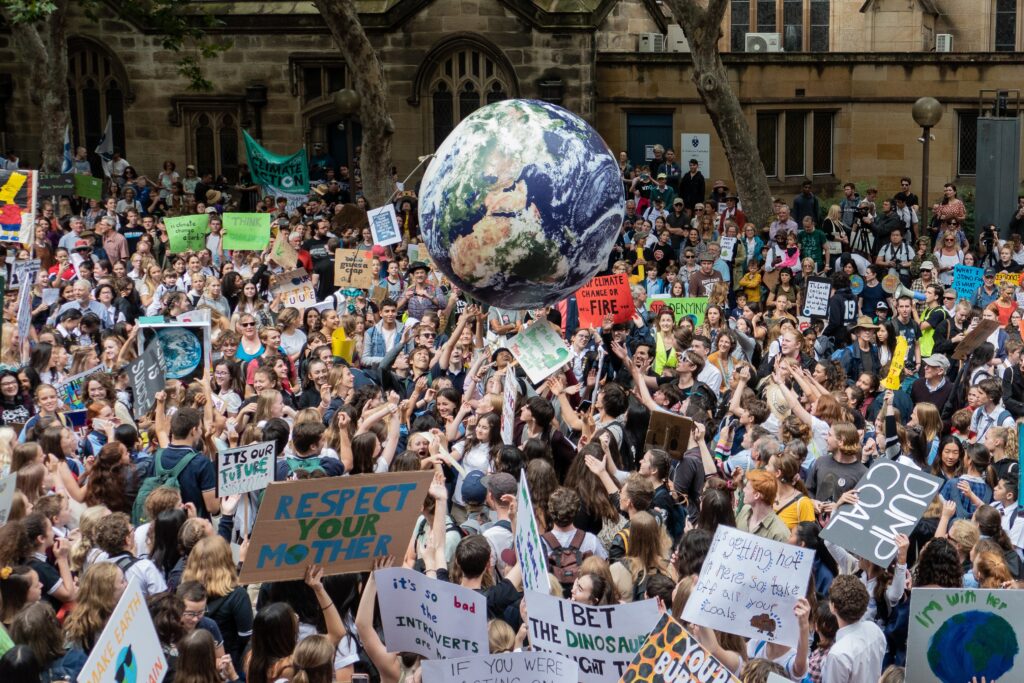To get the most out of your time in Australia it’s a good idea to be well prepared. If you want to know a little more about safe travel, our many varied climates and other useful information to plan your trip, these tips should help.
Before You Leave
Always give a family member or friend a copy of your itinerary so they can contact you in an emergency. And make sure you have adequate travel insurance. If you can’t afford travel insurance, you can’t afford to travel. Regardless of whether you’re currently healthy, accidents happen all the time. Without a comprehensive travel insurance policy, ambulances, time in hospital, loss of baggage and last minute cancellations can cost thousands of dollars. If the initial pain of injuring yourself or losing your bag doesn’t hurt, the bill at the end definitely will.
Weather and Climate
Australia is well-known as a mostly hot and dry continent, however this is not always true. The huge size of Australia means that the climate varies significantly across regions and seasons. In the north the climate is mostly tropical, simialr to parts of South East Asia. The southern areas are cooler with some areas receiving snow fall. The inland areas are mostly hot and dry. Australian seasons are the opposite of the northern hemisphere with winter from June to August and summer from December to February.
Money
The currency used in Australia is the Australian Dollar (AUD). Currency exchange is available at most banks, hotels, airports and other currency exchange agents. You should always try to hold currency in multiple forms, that is:
- Cash for daily expenses and emergencies
- Credit cards for unexpected or larger expenditures
- Travellers cheques, pre-paid travel cards or debit cards for the bulk of your funds
Tip: Try to capitalise on exchange rates by monitoring your currency well in advance of your planned trip. Additionally, some credit cards are more traveller friendly than others and waive the currency conversion fee.
Emergency Assistance
In the event of an emergency (police, ambulance or fire) dial 000. From you mobile phone, you can also call 112.
Sun safety
While you are in Australia it’s important to be aware of the Australian sun. Avoid painful and embarrassing sunburn by wearing a shirt, a hat and SPF30+ sunscreen daily and when swimming. If you do get sunburnt, drink plenty of fluids and apply some aloe vera gel to the affected area.
Water Safety
When swimming at any Australian beach, always swim between the red and yellow flags. This is the safest part of the beach for swimming and is monitored by lifesavers who will assist swimmers who are in trouble. If you need help from a lifesaver, signal for help by holding one arm up and waving. While you wait for the lifesaver, try to float on your back and stay calm.
When in northern Australia, never swim where crocodiles are known to inhabit. Dangerous jellyfish also inhabit the waters in northern Australia during the months of October to April. For more information visit www.watersafety.nsw.gov.au/
Do not enter water if you are unable to swim and always swim in groups of two or more.
Personal Safety and Security
Australia is generally a safe destination to visit with a stable political system and a low crime rate when compared to the rest of the world. However, it is important to take precautions when travelling away from home and monitor your personal safety and possessions. It is strongly recommended that you do not hitchhike in Australia; it is unsafe and even illegal in some states. When travelling long distances, always carry plenty of fuel, food and water. It is recommended that when driving for extended periods of time you take a break every two hours.
Note: All Australian states have restrictions on the blood alcohol level permitted when driving. Penalties can range from fines to jail time.
Bushwalking or Hiking
If you’re planning to bushwalk or hike while in Australia, it’s important to research the distance and difficulty of the route before you leave. For longer, more challenging walks it is recommended that you use a local guide. If you decide to go alone, ensure you tell someone where you are going, when you expect to return and the expected route you will be taking. Many National Parks also have a log book to sign before you start the more difficult walks. Emergency Beacons (PLBs) are also available for hire from some police stations or visitors centres and are recommended for people bush walking in areas with no mobile phone coverage.
To ensure you return safely with no injuries remember to pack accordingly. Take water, food, a hat, sunscreen, insect repellent, wet weather clothing, protective footwear, a first aid kit and a topographic map.
Bushfires
Bushfires commonly happen during drier and hotter periods of the year and can occur in almost any part of Australia.
If you are going on holidays or travelling in rural areas, make sure you stay informed about bushfires while you are away. Check the Fire Danger Ratings and local fire restrictions, including Total Fire Bans for the areas you are travelling through and staying. You can find this information on the rural fire service web page for the state or territory you are travelling in.
YHA is the biggest budget accommodation network in Australia. With more than 70 hostels around the country, there is a YHA ready to welcome you wherever your wanderlust might lead.





